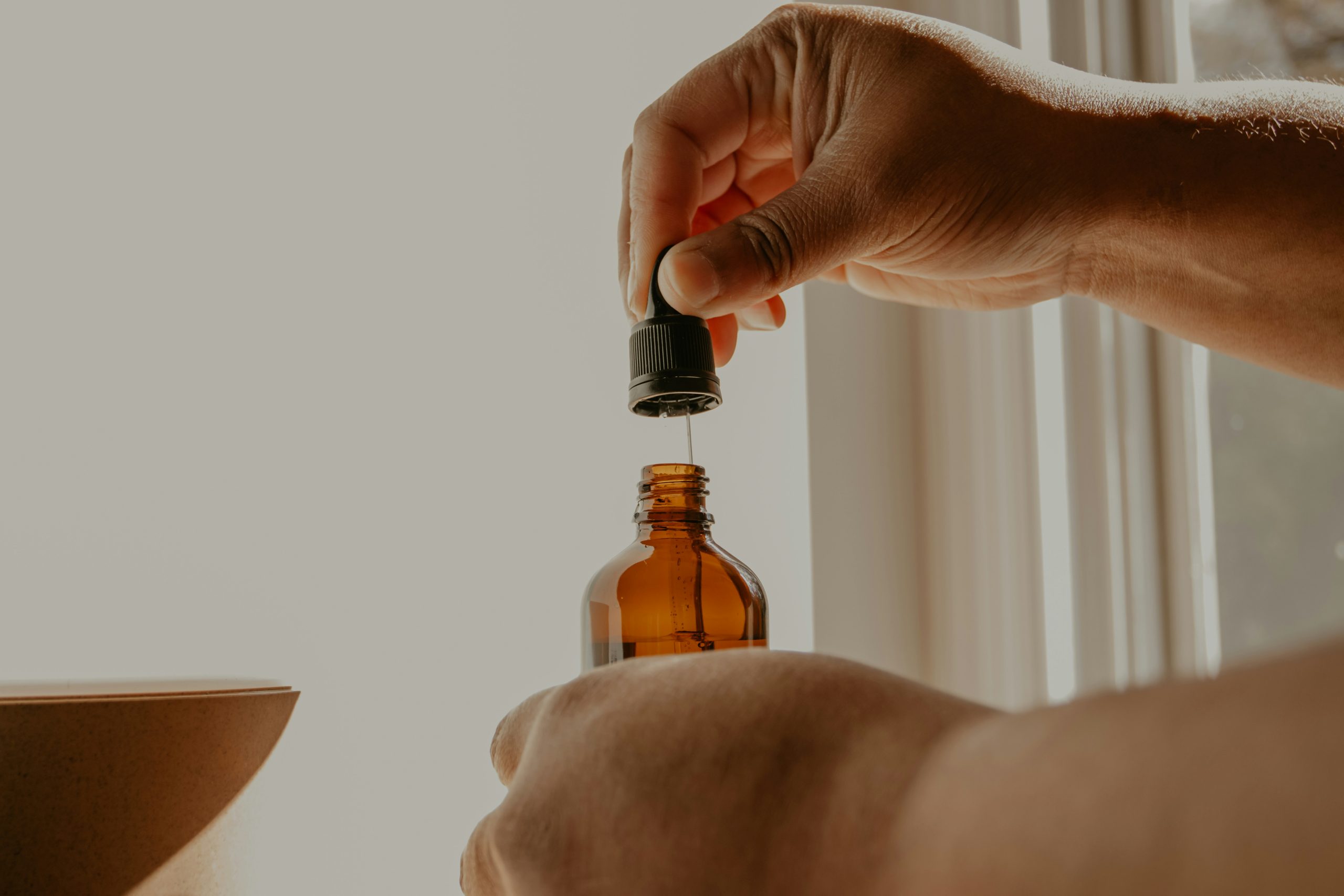Whether you’re gunning for a personal record on the squat rack or just want to keep up with your weekend running buddies, hormone-optimized training strategies can give you that extra edge. These strategies revolve around supporting your body’s natural hormone production so you can work out harder, recover faster, and feel more energized daily. Sound good? Let’s dive right in.
Grasp hormone basics
Hormones are your body’s built-in messengers, shuttling signals that control muscle growth, fat loss, mood, and energy levels. In other words, they’re a critical part of any training plan. When your hormone levels are balanced, you feel more motivated, your body repairs itself efficiently, and you’re able to squeeze more out of your workouts.
Stressing your system excessively can throw hormone production into a spin. If your workout and recovery routine lean too far into either high intensity or no rest at all, that hormonal balance gets out of whack. Think of it like a set of levers: you pull one too hard, and something else tilts in response. To keep things steady, you need understanding and strategy.
Focus on core hormones
Not all hormones are created equal, and some deserve a closer look if you want to train effectively. The big three are testosterone, cortisol, and growth hormone. Each one plays a unique role in muscle-building and overall performance.
Testosterone: your muscle ally
Testosterone is one of your body’s main drivers for muscle development. Higher levels can improve strength gains, maintain bone density, and give you a fuller, more powerful physique. To support healthy testosterone production without going off the deep end:
- Incorporate compound lifts (like squats and deadlifts) for maximum muscle recruitment
- Aim for seven to eight hours of sleep to boost natural testosterone levels
- Eat enough micronutrients (zinc and vitamin D are especially key)
Adding heavy lifts and focusing on proper rest cycles can help you maintain the sweet spot for testosterone. A balanced lifestyle, which includes stress management, also goes a long way in keeping these levels steady.
Cortisol: manage stress
Cortisol is your built-in alarm system, helping you handle stress by releasing glucose into the bloodstream. While it has its benefits in short bursts, chronically high cortisol can break down muscle tissue and lead to fatigue.
- Keep workouts intense but not overlong, so you don’t overproduce cortisol
- Make time for relaxation techniques (like box breathing or short walks)
- Watch for diet factors, such as excessive caffeine that can push cortisol levels higher
Balancing cortisol is all about managing physical and mental stress. That could mean trimming marathon gym sessions to a more reasonable time or scheduling a weekly massage or yoga class to keep cortisol in check.
Growth hormone: nighttime repair
Growth hormone is your body’s repair squad, responsible for tissue regeneration and muscle recovery. It kicks into high gear during deep sleep and helps you bounce back from tough workouts.
- Develop a consistent bedtime routine (cool, dark room, no screens before bed)
- Combine weightlifting with short bouts of high-intensity cardio to encourage growth hormone release
- Avoid late-night eating binges that may disrupt sleep quality
When you treat your body to proper rest, you ramp up growth hormone production and give muscles the best chance to recover, repair, and grow stronger.
Plan the right workouts
A hormone-optimized training plan isn’t about logging endless hours in the gym. It’s about working out smarter and respecting how your body’s chemical messengers operate.
- Alternate heavy strength days (2-3 sessions a week) with lighter active-recovery days or cardio
- Keep high-intensity intervals short and sweet (15-20 minutes max) to limit excessive cortisol spikes
- Allow at least one full rest day per week for overall hormone balance
When you target specific muscle groups with compound exercises—like squats, bench presses, or pull-ups—you activate a large number of muscle fibers, which can lead to a positive testosterone response. Meanwhile, capping your high-intensity sessions prevents an extended cortisol surge. It’s a give-and-take approach that keeps your hormones on your side.
Align nutrition and rest
Let’s be honest, you can’t out-train a poor diet, and you definitely can’t cheat sleep for very long. Both nutrition and recovery take your hormone-optimized training strategies to the finish line.
- Prioritize protein sources from lean meats, beans, and peas for muscle repair
- Include healthy fats (avocados, nuts, olive oil) to support hormone production
- Don’t skip complex carbs (like oats or brown rice) for stable energy
- Aim for 7-8 hours of quality sleep each night
If you’re not sure whether your macros are aligned with your training goals, consider a simple food journal for a week or two. Track how you feel before and after workouts, note energy crashes or cravings, and adjust your food choices. And if you still feel stuck, a quick visit to a sports nutritionist or dietitian can help you dial in your plan.
Wrap up your approach
Hormones may sound complicated, but they’re basically your body’s behind-the-scenes support system. By understanding the key players, scheduling your workouts smartly, and staying on top of diet and rest, you can develop a training routine that nudges your hormones in the right direction.
Try starting with just one change, like adding in a bit more high-quality rest or switching out a never-ending workout schedule for shorter, more intense training blocks. Over time, these tweaks to your hormone-optimized approach can snowball into serious gains—both in the gym and in your overall well-being.
Ready to put it into practice? Make a plan that balances intensity with recovery, stay tuned to how you feel, and give your body the resources it needs. With a bit of consistency, you’ll find that these hormone-optimized training strategies help you get stronger faster and keep you feeling great along the way. Good luck out there!


